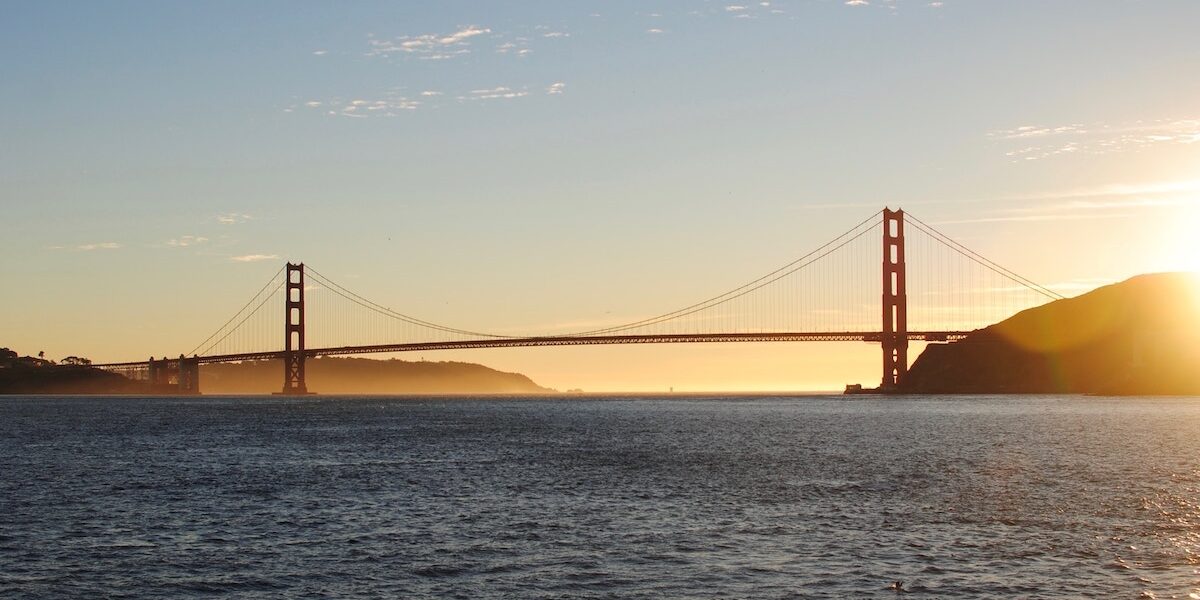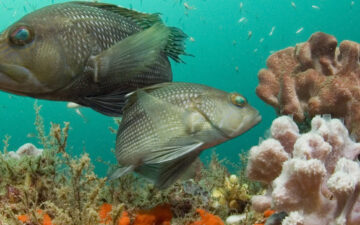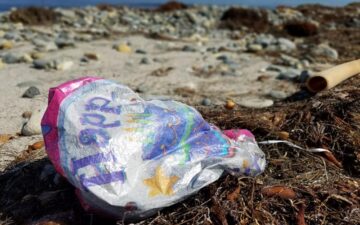You can’t avoid the ocean in San Francisco. It is what makes it such an amazing place. The ocean is there on three sides of the city—from the Pacific Ocean on its western side through the Golden Gate and into the 230 square mile estuary that is San Francisco Bay, itself one of the most densely populated watersheds on the west coast of the United States. When I was visiting earlier this month, the weather has helped offer up spectacular water views and a particular excitement along the waterfront—the America’s Cup.
I had been in San Francisco all week, in part to attend the SOCAP13 meeting, which is an annual gathering dedicated to increasing the flow of capital toward social good. This year’s meeting included a focus on fisheries, which is one reason I was there. From SOCAP, we segued into a special meeting of the Confluence Philanthropy working group on fisheries, where I discussed the profound need to pursue profitable, sustainable land-based aquaculture to meet the protein needs of our growing global population—an issue about which TOF has completed a lot of research and analysis as part of our belief in developing positive solutions to the human-caused harm to the sea. And, I was fortunate enough to have some additional meetings with people who are pursuing similarly positive strategies on behalf of a healthy ocean.
And, I was able to catch up with David Rockefeller, a founding member of our Board of Advisors, as he discussed the work to improve the sustainability of major sailing regattas with his organization, Sailors for the Sea. The America’s Cup is made up of three events: The America’s Cup World Series, the Youth America’s Cup, and, of course, the America’s Cup Finals. The America’s Cup has added new energy to the already vibrant San Francisco waterfront—with its separate America’s Cup Village, special viewing stands, and of course, the spectacle on the Bay itself. Last week, ten young teams from around the world competed in Youth America’s Cup—teams from New Zealand and Portugal took the top three spots.
On Saturday, I joined thousands of other visitors in watching the spectacle of helicopters, motor boats, luxury yachts, and, oh yes, sailboats on the first day of racing in the America’s Cup Finals, a sailing tradition that goes back more than 150 years. It was the perfect day to watch the first two races between Team Oracle, the US defender of the Cup, and winning challenger, Team Emirates flying the New Zealand flag.
The design for this year’s competitors would be alien to the founding America’s Cup teams, or even the teams that competed in San Diego just twenty years ago. The 72-foot catamaran AC72 is capable of flying along at double the wind speed—powered by a 131-foot tall wing sail—and was designed specifically for this America’s Cup. The AC72 is capable of sailing at 35 knots (40 miles per hour) when the wind speed hits 18 knots—or about 4 times faster than the 2007 competitors’ boats.
The extraordinary boats being raced in the 2013 finals are the result of a high-powered marriage of natural forces and human technology. Watching them scream across San Francisco Bay on courses that took the racers from the Golden Gate to the far side of the Bay at a speed that most commuters would envy, I could only join my fellow spectators in marveling at the raw power and entrancing design. While it may make America’s Cup traditionalists shake their heads at the cost and technology that has been invested in taking the idea of sailing to new extremes, there is also the awareness that there may be adaptations that can be used for more practical day to day purposes that would benefit from harnessing the wind for such power.







